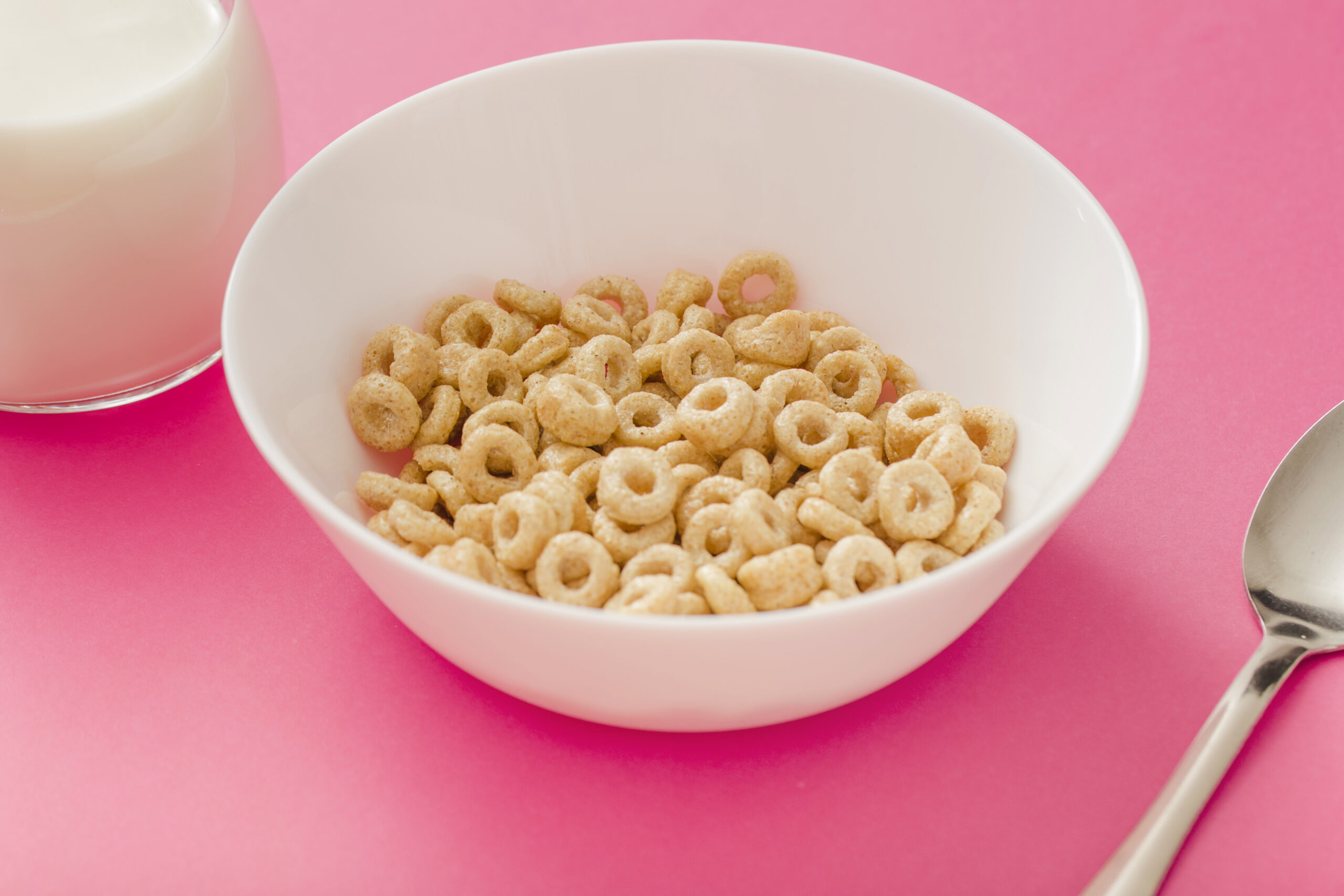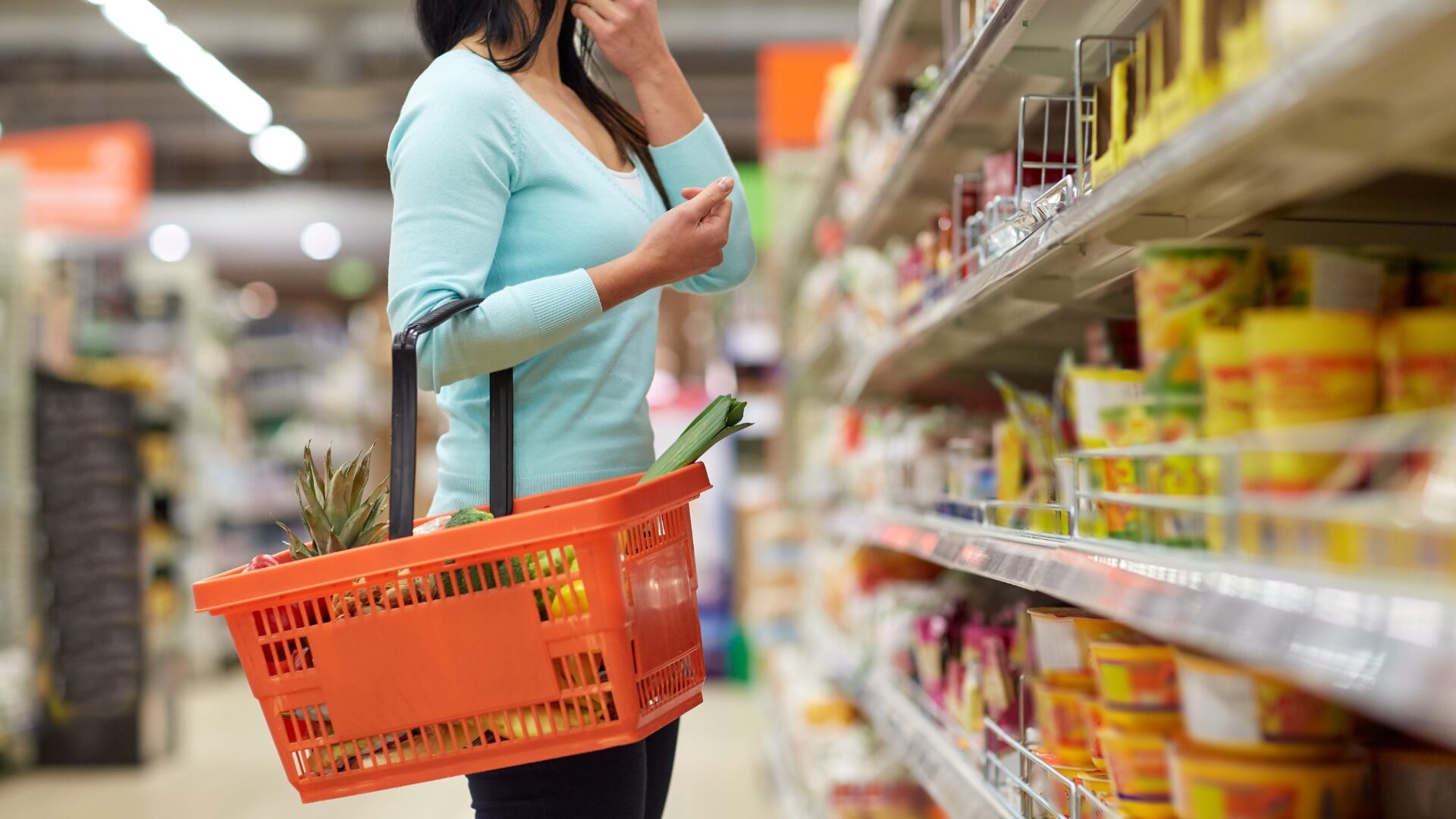More and more companies are turning to shrinkflation to preserve their margins amid rising labor and transportation costs and other factors, experts told The Food Institute. The term shrinkflation, of course, refers to the practice of reducing the size or quantity of a product while keeping the price the same (or slightly increasing it).
The original justification for this practice was supply chain shortages during the pandemic. Shrinkflation allows manufacturers to manage rising costs without alarming consumers and end users with outright price increases, experts explain.
As an example, Today reported, Tropicana changed the design of its containers, narrowing the bottle and topping them with a cap that eliminates the need for an induction seal. Capacity was reduced from 52 ounces to 46 ounces.
Tropicana is not alone. Lending Tree reported a third of common grocery items are affected, even toilet paper. Reportedly, breakfast items have downsized 10% recently – family-size Frosted Flakes went from 24 ounces to 21.7, leading to a per ounce price increase of 40%.
Most Americans are aware of the practice and say they feel deceived.
77% of the consumers surveyed for Purdue University’s Oct. 2024 Consumer Food Insights Report said they noticed shrinkflation while grocery shopping over the month.
Almost half of those respondents (49%) have observed shrinkflation occurring in several food products.
But Matt Riesenbach, Product Management Director, Manufacturing Division at ECI Software Solutions, argues buyers are more sensitive to price increases than shrinkflation.
“What we’re seeing is that shrinkflation is evolving from a temporary cost-recovery tactic to a more permanent strategy. Even if inflation subsides, it’s unlikely that product sizes will return to their original dimensions. Instead, companies may focus on enhancing product quality to justify smaller sizes at the same or even higher prices,” Riesenbach told FI.
Matthew Gilbert, a marketing lecturer at Coastal Carolina University, said consumers’ only real recourse is to stop buying shrunken products.
“The power of the pocketbook is the only effective weapon in the war against shrinkflation,” Gilbert said, noting that though Tropicana lowered the price of its product, keeping the per ounce cost identical, “consumers have stopped buying the brand’s orange juice, resulting in a 19.2% drop in sales since the bottle redesign.”
In other cases, however, the per ounce price has shot up. Experts advise consumers to compare unit prices on shelf tags and explore alternatives to keep budgets in check.
“I do not anticipate manufacturers or brands increasing portions or sizes to give consumers a break,” said Craig Dunaway, COO at Pen Station East Coast Subs. “Although price increases have slowed, they’re still rising. … I do not expect portion sizes increase in the future at most brands or with most manufacturers.”












